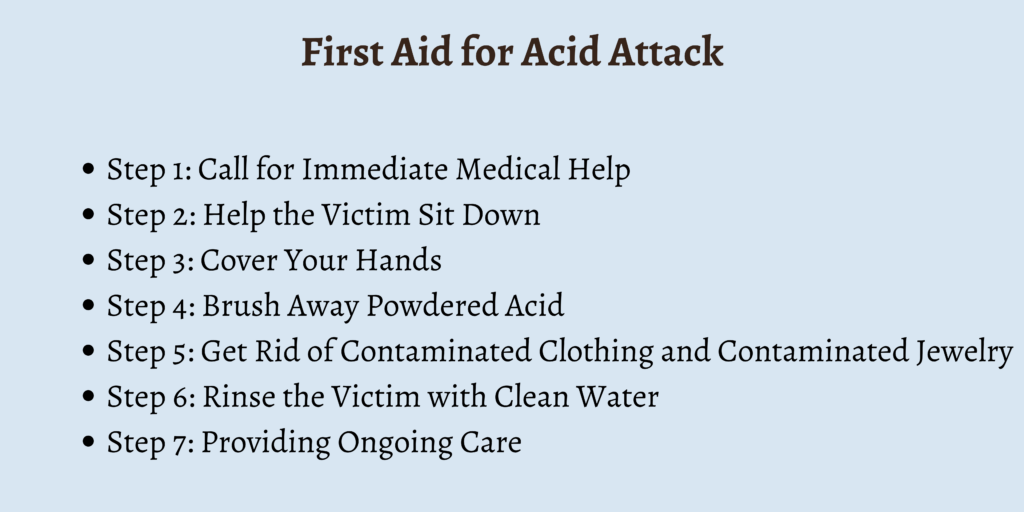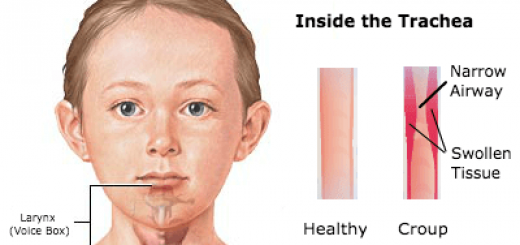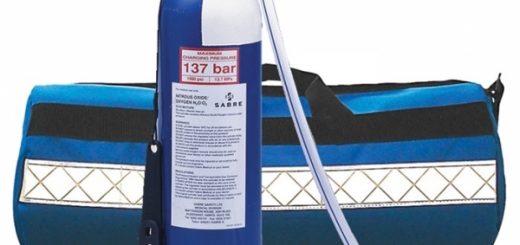First Aid for Acid Attack: 7 Rapid Responses
Did you know that acid attacks can cause partial, permanent, or complete blindness? Not only is an acid attack torturous physically, but it also puts the victim through severe mental and emotional turmoil.
I believe that in addition to supporting an acid attack victim emotionally, we should also know how to respond to such a situation so that they can receive the immediate and urgent treatment they need.
An acid attack is defined as an act of throwing acid or some other similar corrosive substance on someone. It is a type of violent assault that is meant to kill, torture, or disfigure the other person.
Nitric acid and sulfuric acid are usually the most common kinds of acids used in acid attacks. Remember that calling 911 and asking for help urgently and immediately is imperative in such cases. If you want to know how to help someone who has experienced an acid attack, then keep reading.
In this article, we will be discussing the steps to take when you come across an acid attack victim.
First Aid for Acid Attack

Listed below is the first aid involved in the case of an acid attack:
1. Call for Immediate Medical Help
Call the emergency medical services right away. While you can be of help and assistance to the victim, it’s imperative that the medical professionals get to the scene of the incident as soon as possible.
If you have other people around you, ask them to make the call while you remain next to the victim. If you’re alone with the victim, make the call yourself.
2. Help the Victim Sit Down
The next step is to help the victim sit down on the ground. If an acid attack victim remains standing after the attack, they will probably be in a lot of pain along with feeling disoriented. In order to save them from a potential head injury, get them to lie down or sit down.
If you see a source of water nearby, assist them to head in that direction before helping them sit down. Before they do sit down, though, make sure that the area is free of hazards and is completely safe.
Guide the victim verbally, if needed, and attempt to keep any bystanders away so that no further injuries take place
3. Cover Your Hands
As you continue helping the victim, it is vital to keep your hands covered so that they don’t accidentally come in contact with the acid, which can in turn burn you.
If you happen to have gloves, you can use them to cover your hands. If not, tear some fabric from whatever piece of clothing you’re wearing or is available nearby.
4. Brush Away Powdered Acid
There could be powdered acid remaining on the skin or clothes of the victim which you will have to brush away. This is needed so that the burning gets minimized.
With your hands being covered, move your hands in a downward motion against the victim’s skin and clothes. Make sure to not breathe in any of the powder while doing so and stand as far away as you possibly can.
5. Get Rid of Contaminated Clothing and Contaminated Jewelry
The acid that remains on the clothes of the victim could still harm the person by burning through and reaching the skin. Therefore, getting rid of contaminated clothing is of utmost importance.
You can either take the victim’s clothes off or cut them off. Remember to keep the clothes away not only from the victim but from others as well so that no one gets harmed.
If the clothing isn’t thrown away as soon as possible, the acid could damage the victim’s body even more. In case the clothes are stuck to the victim’s body, don’t attempt to remove them as it could rip off the person’s skin. The alternative is to use clean water to keep it completely saturated.
Once the contaminated clothes are off the victim’s body, you will have to get rid of any contaminated jewelry they are wearing, no matter how small it is. These pieces of jewelry will have to be completely rinsed with water or saline before they can be worn again.
6. Rinse the Victim with Clean Water
A shower, open tap, or water hose can be used to rinse the victim with fresh and clean water. Clean water should be poured on the affected areas for a minimum of 20 minutes. Make sure the water is clean, or else it could cause infection within the burns on the victim’s body.
If the acid has gone into the victim’s eyes, get them to bend their head down. Pour clean water over their eyes for 20 minutes or longer. Try to keep their eyelids open so that the water actually reaches their eye. Do not touch their eye as it could contaminate the burn.
Once you’re done rinsing the victim, ensure they don’t remain in a pool of water. Remember that you might have to move them a couple of times while you rinse them.
7. Providing Ongoing Care
The final step is to keep providing ongoing care. This involves monitoring the victim’s vital signs. Ask them to take deep and continual breaths so that they don’t hyperventilate. CPR might have to be performed if they stop breathing.
As the emergency medical services reach the scene, keep them updated about the situation. Once they get there, back away a bit so the victim can be treated. In case the medical professionals can’t be there on time, take the victim to the nearest hospital since time is of the essence in such cases.
Once you take the victim to a hospital, they will probably be admitted immediately to a protected burn ward area.
FAQs
What acid is used in attacks?
The acids that are used most often in acid attacks are nitric acid and sulfuric acid.
What does an acid attack feel like?
Survivors of acid attacks say that an acid attack causes a burning sensation, and it feels like their skin is melting.
Is acid attack curable?
Acid attacks cause permanent damage to the skin and are quite difficult to treat. Surgical reconstruction is often needed in such cases.
Does acid attack cause death?
Death due to an acid attack is uncommon, but not impossible.
Does milk help in acid attack?
No, pouring milk on an acid burn is not advised.
Conclusion
The recovery process after an acid attack can take months or even years. While the immediate burns get treated, physical therapy or reconstructive surgery could be required as a part of the treatment.
If you are a friend or family member of an acid attack victim, please remember that it’s important to look after their mental and emotional well-being. You can do so by looking for a burn support group nearby that has meetups every now and then. Such groups exist online as well.





